
Introduction:
Welcome to our comprehensive guide on Proof of Burn (PoB) and its role in distributed ledger technology (DLT). In this article, we will explore the concept of PoB, its historical development, advantages, disadvantages, real-world applications, and future implications. Whether you are a tech-savvy blockchain enthusiast or a novice curious about the potential impact of DLT, this guide is here to educate and captivate you.
DLT has revolutionized various industries and provided decentralized solutions for trust and transparency. Understanding PoB and its role in this landscape is crucial to comprehending the full potential of DLT and its impact on your personal and professional life.
A Historical Overview:
Proof of Burn, sometimes referred to as PoB, is a consensus mechanism that originated as an alternative to the popular Proof of Work (PoW) and Proof of Stake (PoS) models. It was first proposed in 2012 by Iain Stewart and made prominent by Slimcoin in 2014, becoming an influential element in the crypto community.
The main idea behind PoB is to burn or destroy a certain amount of cryptocurrency tokens to prove a user’s commitment to the network. By sacrificing tokens, participants demonstrate their skin in the game, reducing the token supply, and consequently increasing the value of the remaining tokens. In return, these participants gain the right to validate transactions and secure the network.
Over time, PoB has seen advancements in its implementation, such as the introduction of merged mining, which allows burning tokens from one blockchain while validating transactions on another. Various projects have embraced PoB, including Counterparty, Slimcoin, and Primecoin, each contributing to its development and expanding its possibilities.
Advantages and Disadvantages:
Like any consensus mechanism, PoB has its own set of advantages and disadvantages. One of the prominent advantages is its ability to prevent Sybil attacks, where malicious actors attempt to gain control of a network by creating multiple identities or nodes. By requiring participants to burn tokens, PoB ensures that individuals cannot have excessive influence over the system.
Additionally, PoB encourages long-term commitment and loyalty to a network. Participants are incentivized to hold tokens, as burning them increases the scarcity and value of the remaining supply, potentially leading to price appreciation. This mechanism aligns the interests of stakeholders with the network’s success, fostering a more secure and sustainable ecosystem.
However, PoB also faces drawbacks. Burning tokens can be seen as a wasteful process from an environmental standpoint, as it leads to a permanent loss of resources. Furthermore, PoB’s effectiveness heavily relies on the accurate valuation of burned tokens, which can be challenging and subject to manipulation.
Practical Applications and Real-World Examples:
PoB can be applied in various sectors where DLT is deployed. One practical application is in decentralized storage networks. By burning tokens, users can prove their commitment and gain access to storage resources within the network. This incentivizes the provision of storage space while preventing malicious actors from monopolizing the resources.
Another real-world example of PoB is in decentralized exchanges. By burning tokens, participants can earn voting power or trading privileges within the exchange. This ensures a fair and secure trading environment, where those who are committed to the network have a say in its governance and operation.
As DLT continues to evolve, PoB has the potential to find applications in areas such as decentralized identity systems, tokenized asset management, and even carbon offset markets, where burning tokens can represent the reduction of carbon emissions.
The Future of Proof of Burn:
Looking ahead, the future of PoB appears promising. With ongoing research and improvements, PoB is anticipated to become more efficient, reliable, and widely adopted. Its unique properties address limitations of other consensus mechanisms, positioning PoB as a candidate for mainstream adoption.
Moreover, the combination of PoB with other consensus mechanisms, such as PoW and PoS, is being explored to create hybrid models that leverage the strengths of multiple approaches. This innovation aims to offer even more secure and efficient networks.
Ultimately, as DLT and blockchain technology continue to penetrate various sectors, understanding and harnessing the power of PoB is essential. Whether you are an individual exploring crypto investments or a business owner considering blockchain-based solutions, the knowledge gained from this comprehensive guide will enable you to navigate the evolving landscape of DLT with confidence.
Frequently Asked Questions:
Q: How does Proof of Burn differ from other consensus mechanisms like Proof of Stake?
A: While both mechanisms involve token holdings, Proof of Stake requires participants to hold and “stake” tokens to have the right to validate transactions. In contrast, Proof of Burn involves participants intentionally destroying tokens, proving their commitment to the network and reducing the token supply.
Q: Can anyone participate in Proof of Burn?
A: Yes, anyone holding the required cryptocurrency tokens can participate in Proof of Burn. However, the level of participation may vary as participants need to sacrifice a certain amount of tokens, which may be an economic barrier for some.
Q: How does PoB prevent Sybil attacks?
A: By requiring participants to burn tokens, PoB makes it economically and practically challenging for malicious actors to gain control through multiple identities or nodes. Burning tokens reduces the available supply, making it expensive for attackers to accumulate a significant influence over the network.
Q: Is burning tokens wasteful?
A: Burning tokens might be considered wasteful from an environmental standpoint, as it leads to a permanent loss of resources. However, proponents argue that the long-term benefits, such as network security and token appreciation, outweigh this concern.
We hope this comprehensive guide has provided valuable insights into the concept of Proof of Burn and its significance in distributed ledger technology. Feel free to share your thoughts, experiences, or further questions in the comments below. Join the conversation and stay informed about the latest advancements in DLT and blockchain technology.
More in this category ...
Ripple companions with SBI Group and HashKey DX for XRPL answers in Japan
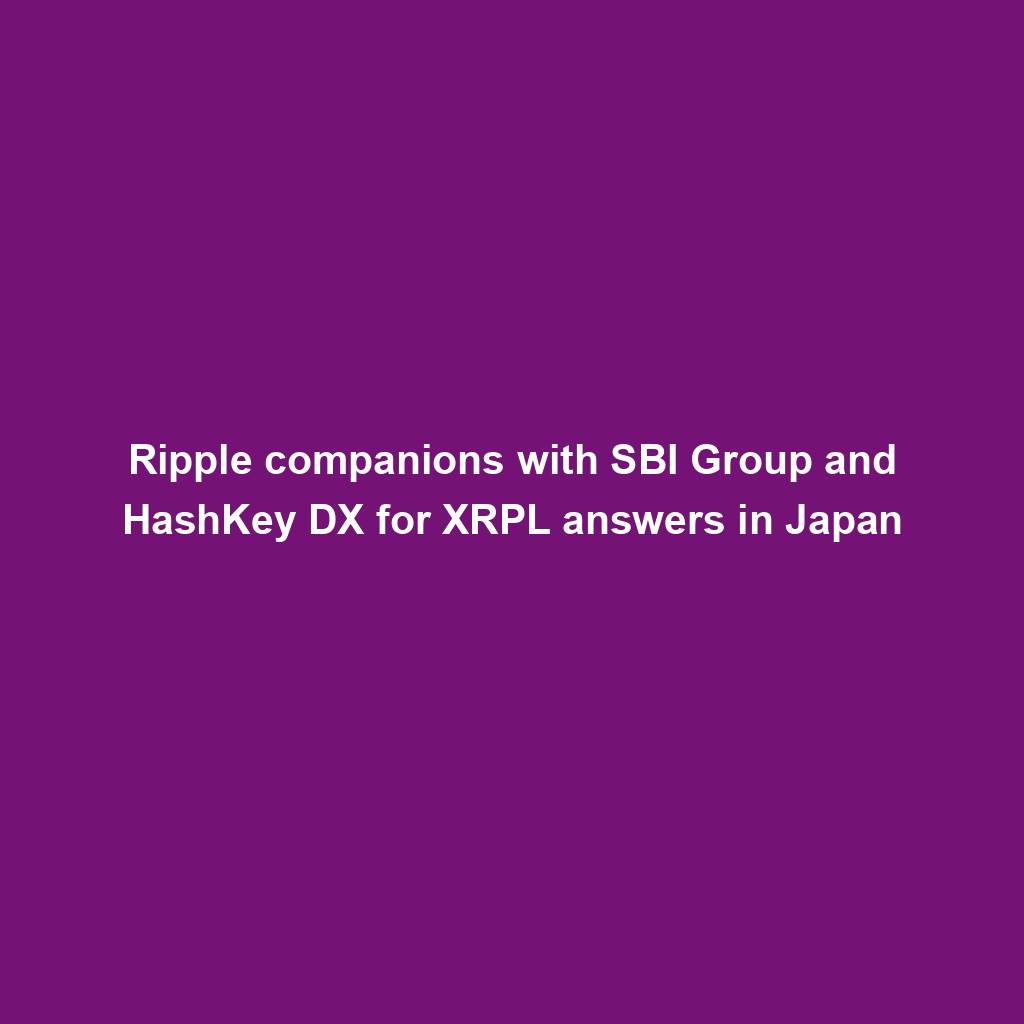
April sees $25M in exploits and scams, marking historic low ― Certik
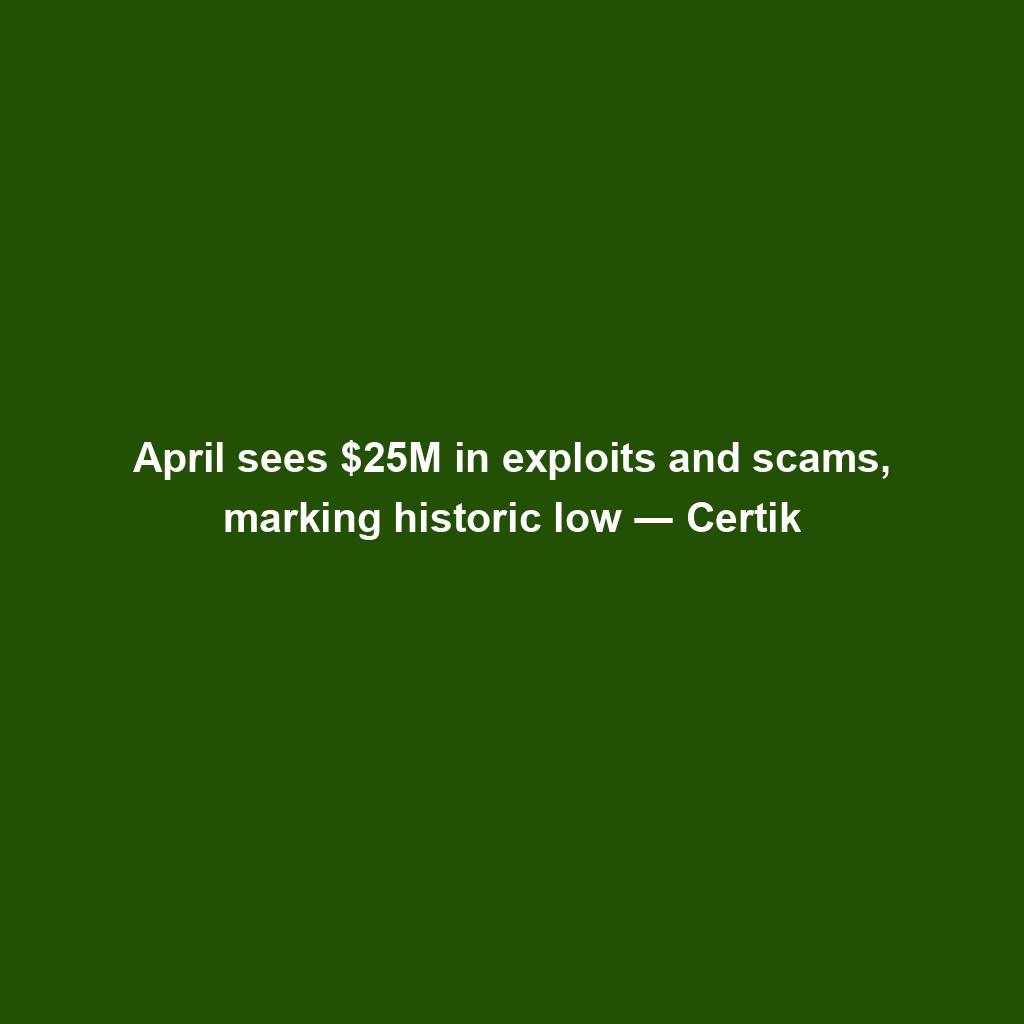
MSTR, COIN, RIOT and different crypto shares down as Bitcoin dips
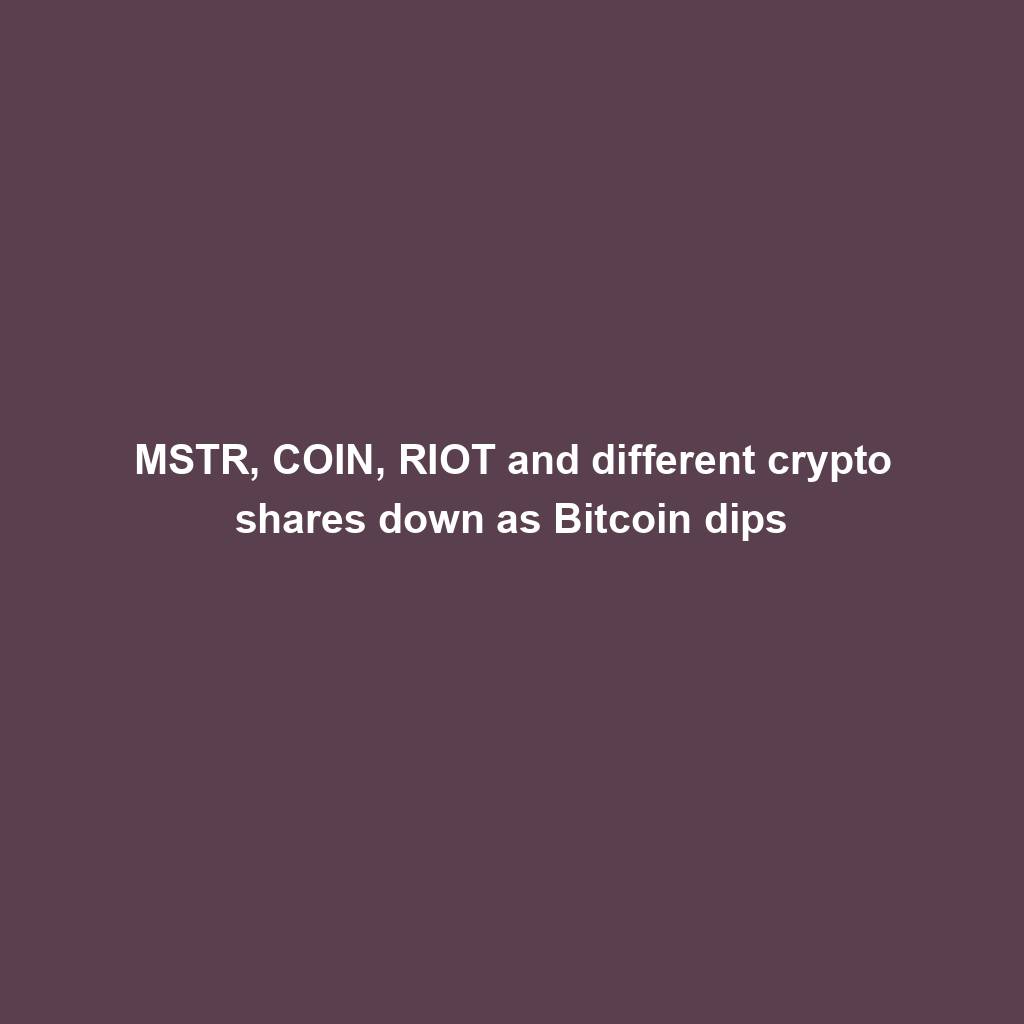
EigenLayer publicizes token release and airdrop for the group
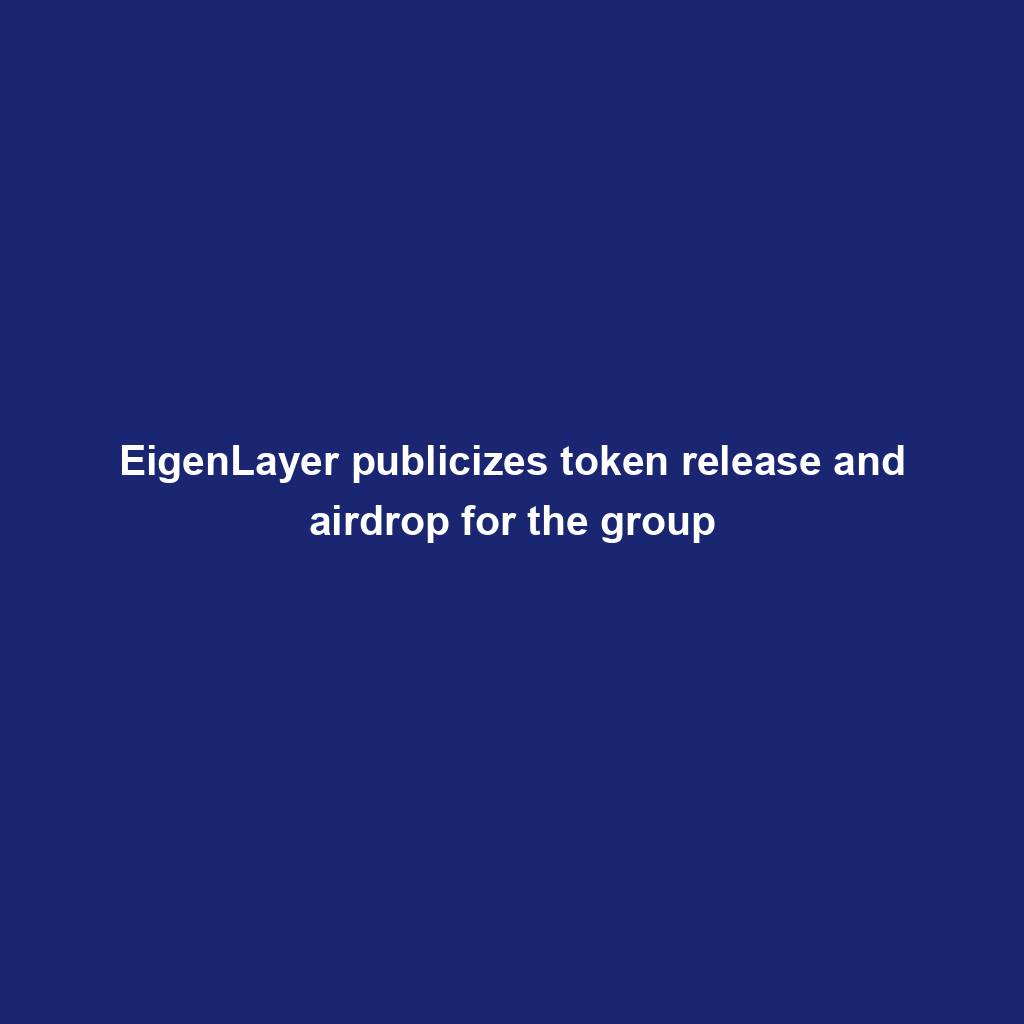
VeloxCon 2024: Innovation in knowledge control

Successful Beta Service release of SOMESING, ‘My Hand-Carry Studio Karaoke App’

Dogwifhat (WIF) large pump on Bybit after record reasons marketplace frenzy
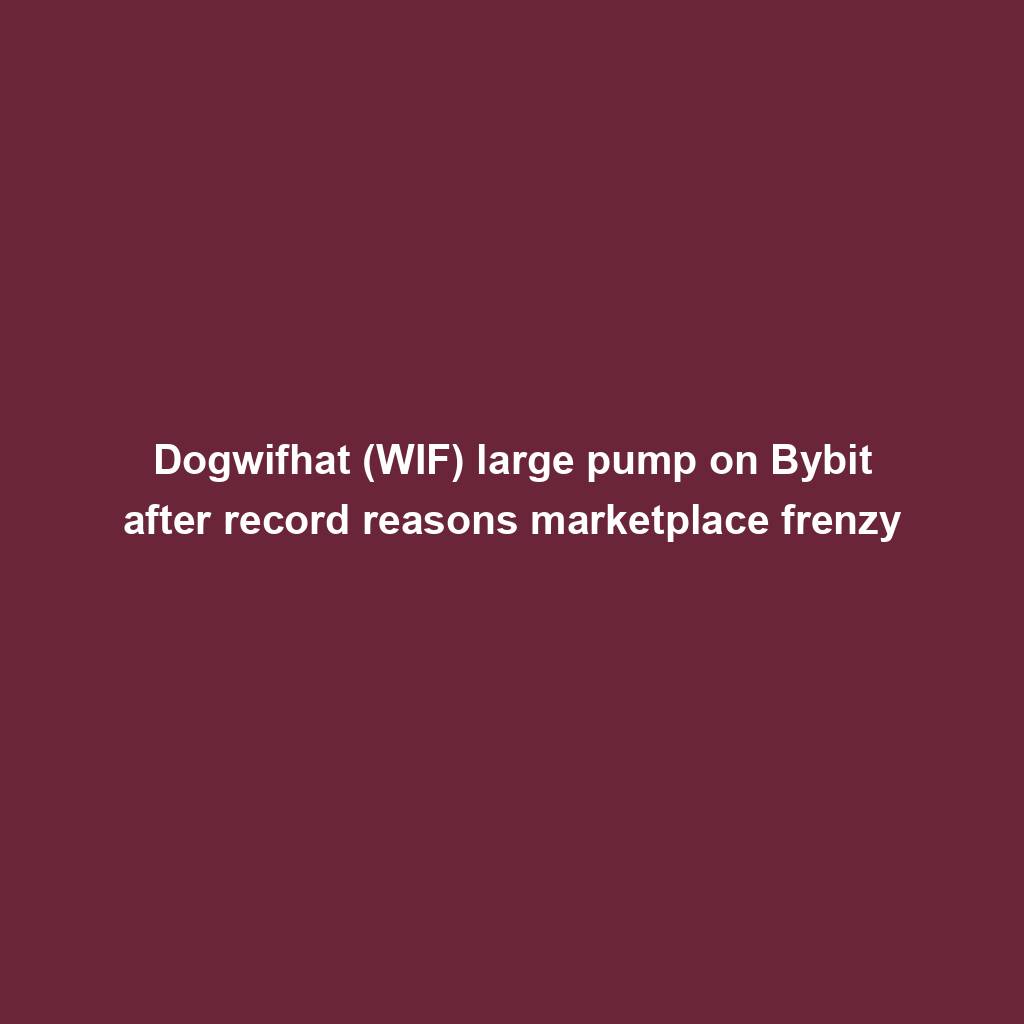
How fintech innovation is riding virtual transformation for communities around the globe
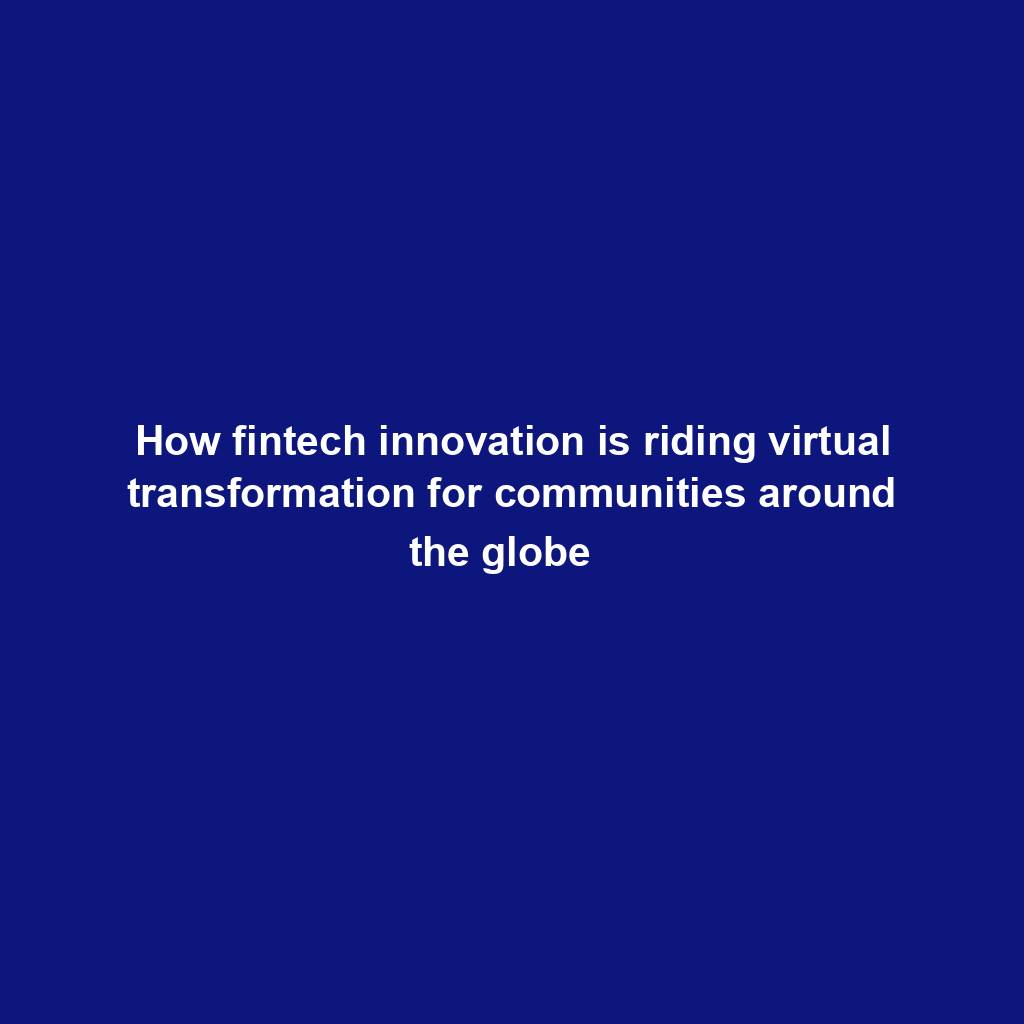
Wasabi Wallet developer bars U.S. customers amidst regulatory considerations
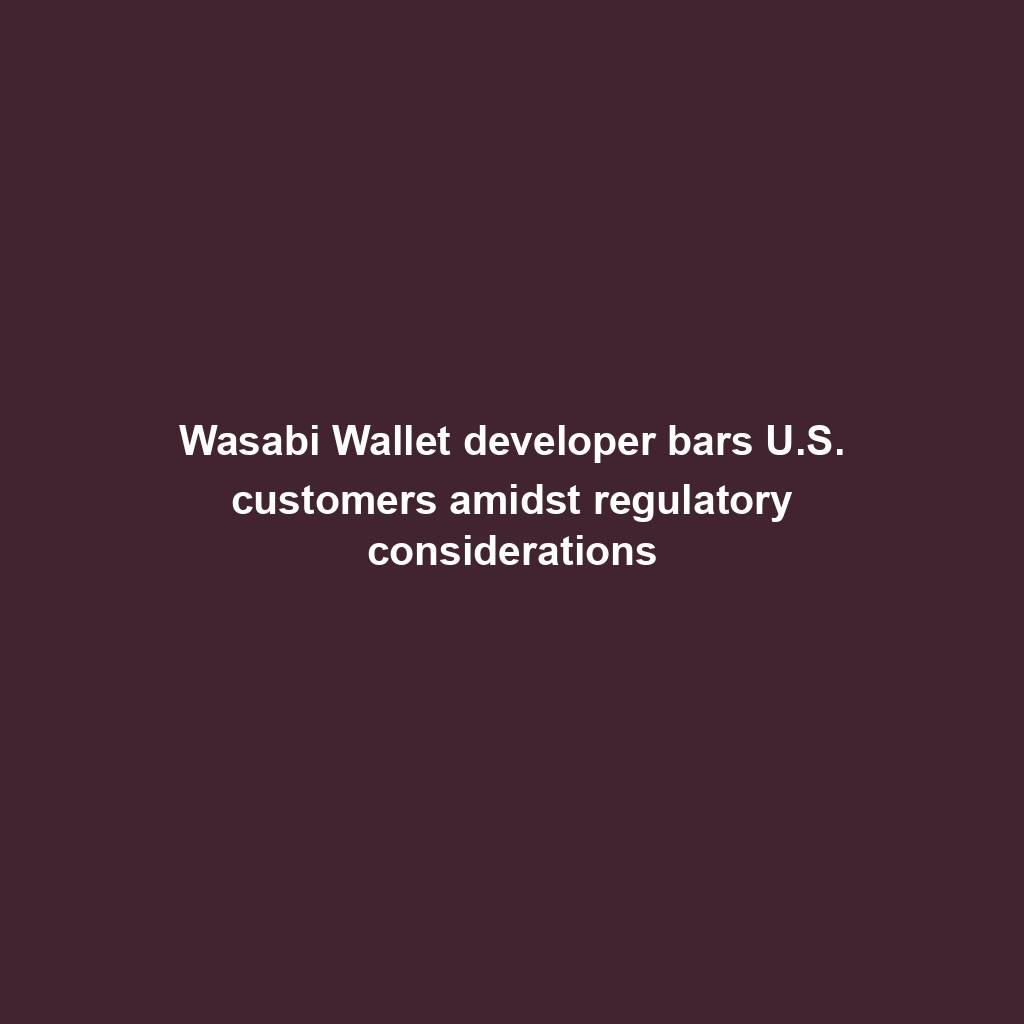
Analyst Foresees Peak In Late 2025
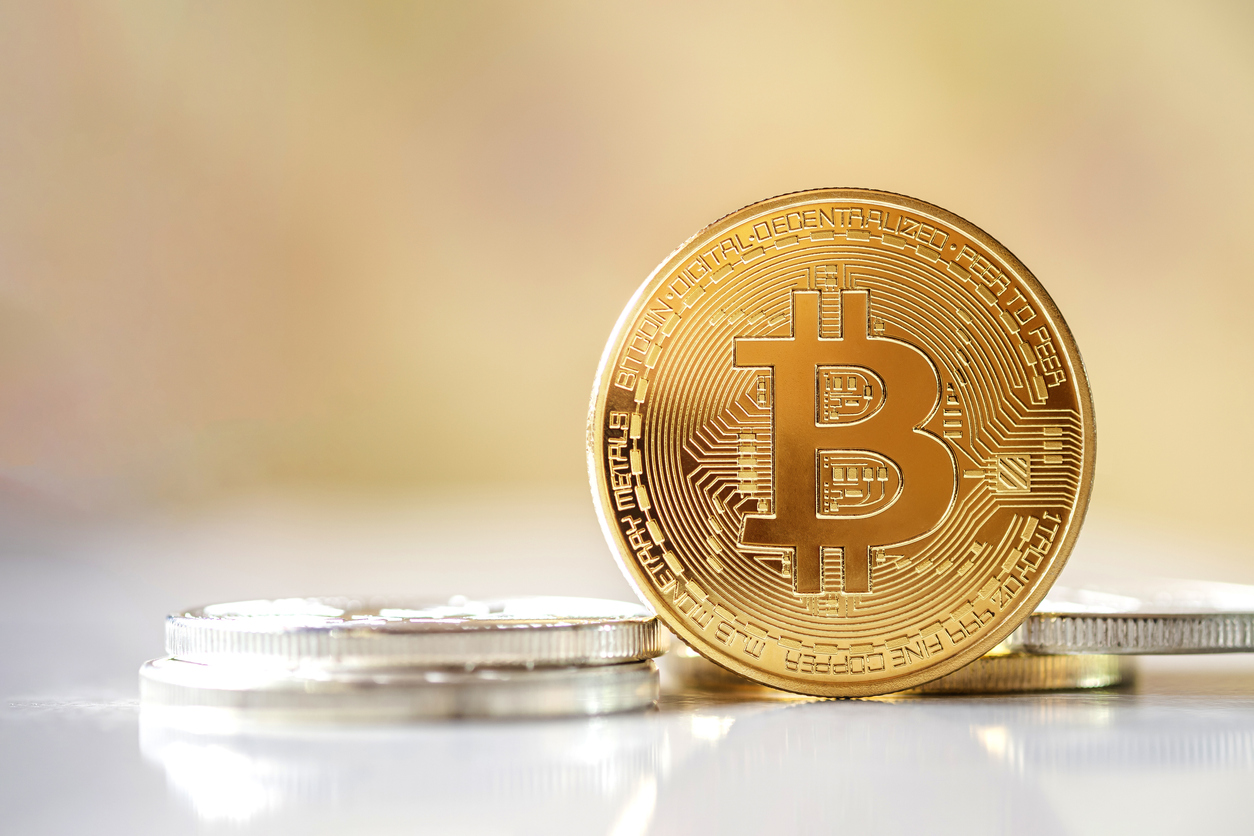
Solo Bitcoin miner wins the three.125 BTC lottery, fixing legitimate block
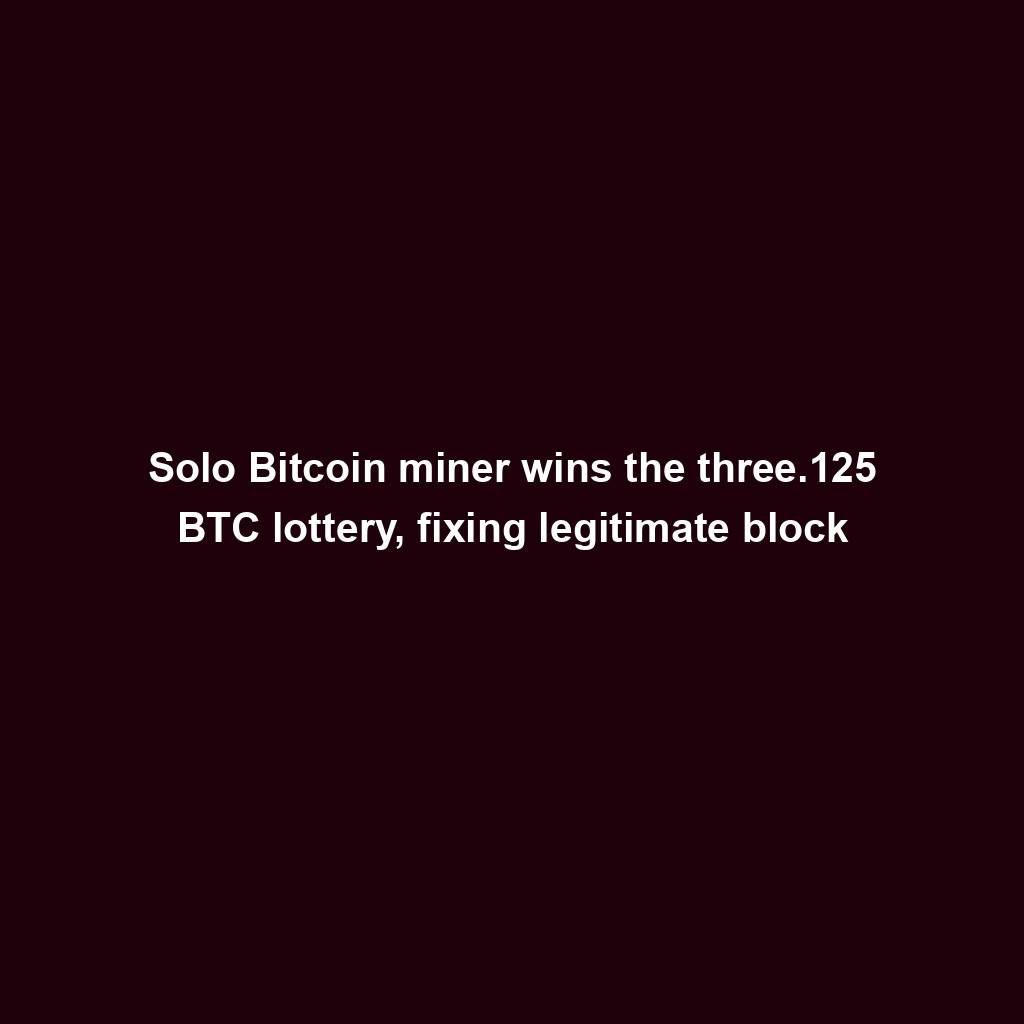
Ace Exchange Suspects Should Get 20-Year Prison Sentences: Prosecutors

Google Cloud's Web3 portal release sparks debate in crypto trade
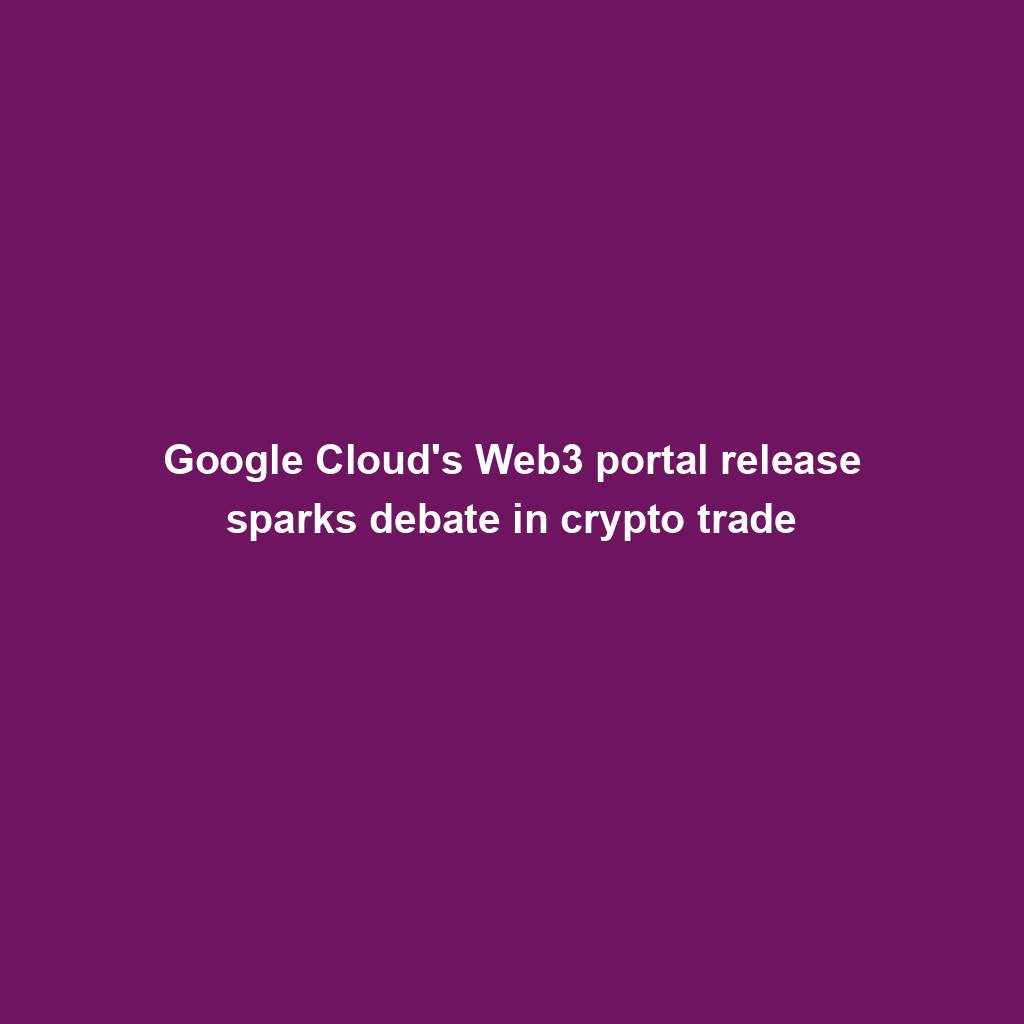
Bitcoin Primed For $77,000 Surge

Bitbot’s twelfth presale level nears its finish after elevating $2.87 million
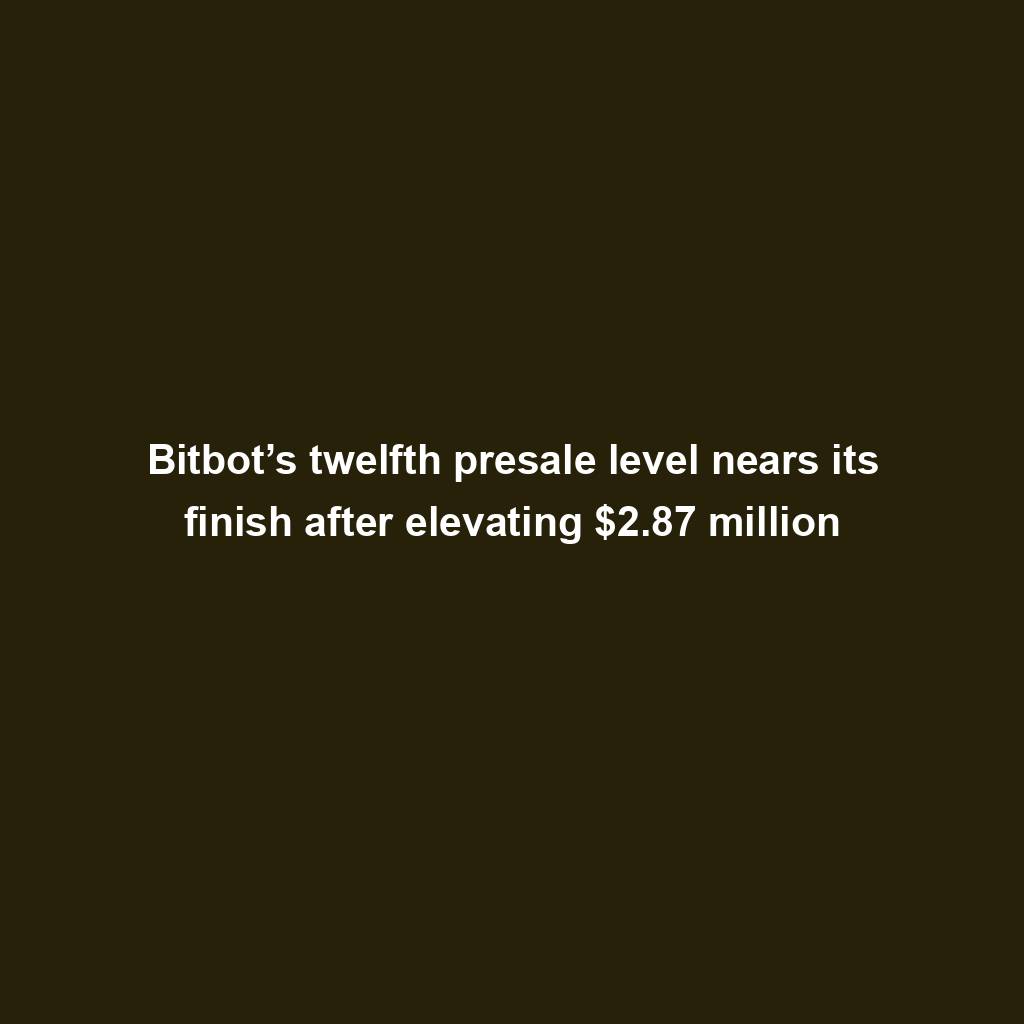
PANDA and MEW bullish momentum cool off: traders shift to new altcoin

Commerce technique: Ecommerce is useless, lengthy are living ecommerce

Republic First Bank closed by way of US regulators — crypto neighborhood reacts
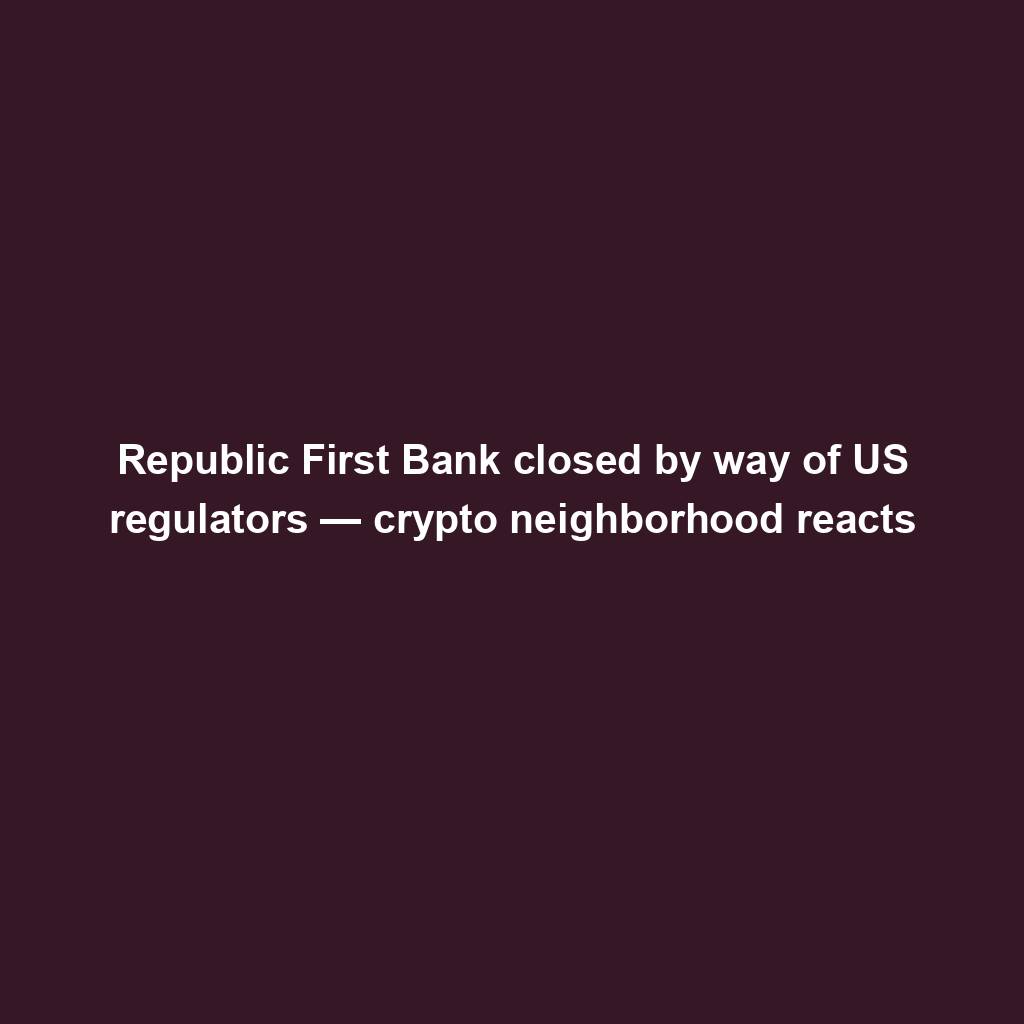
China’s former CBDC leader is beneath executive investigation
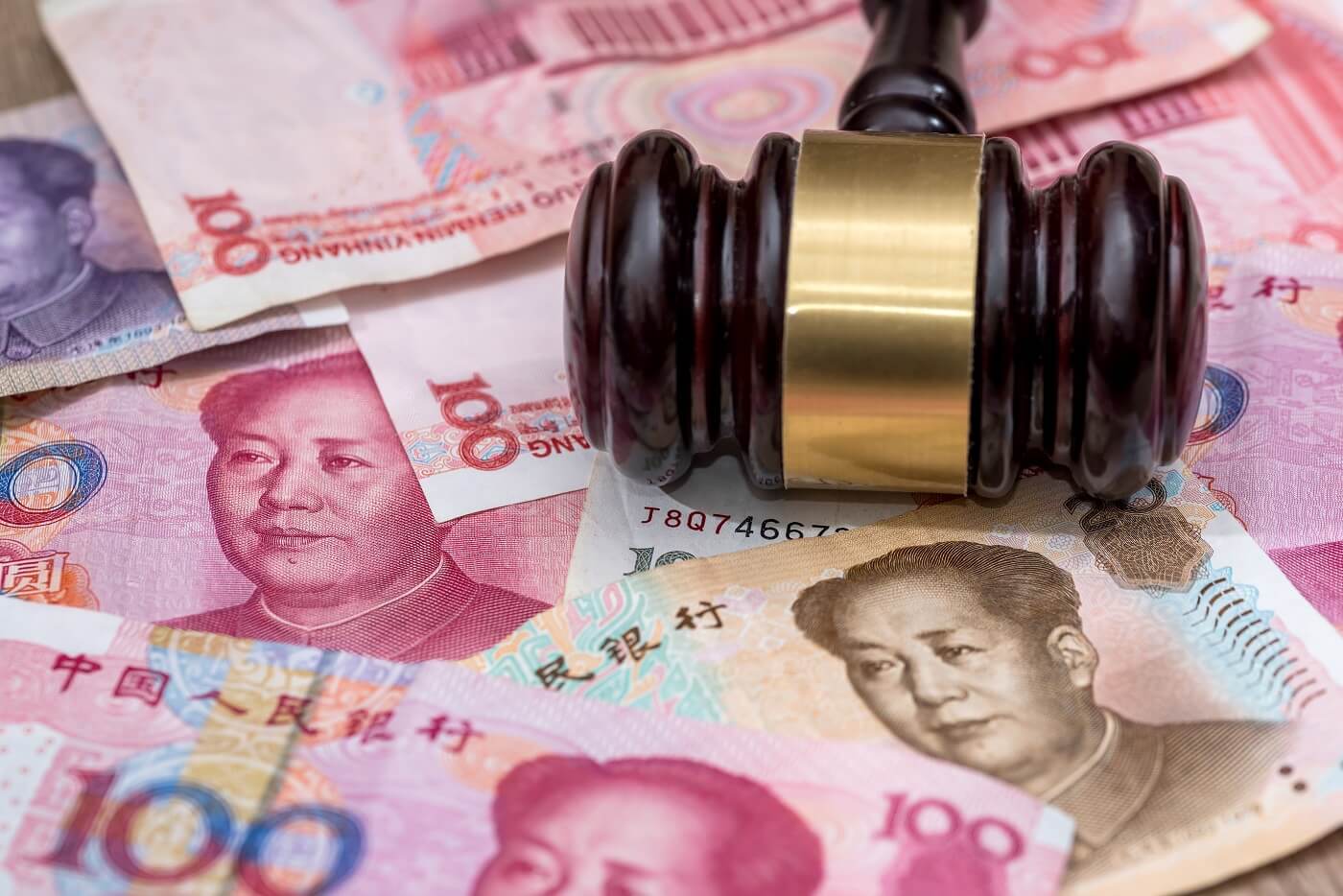
Bigger isn’t all the time higher: How hybrid Computational Intelligence development permits smaller language fashions
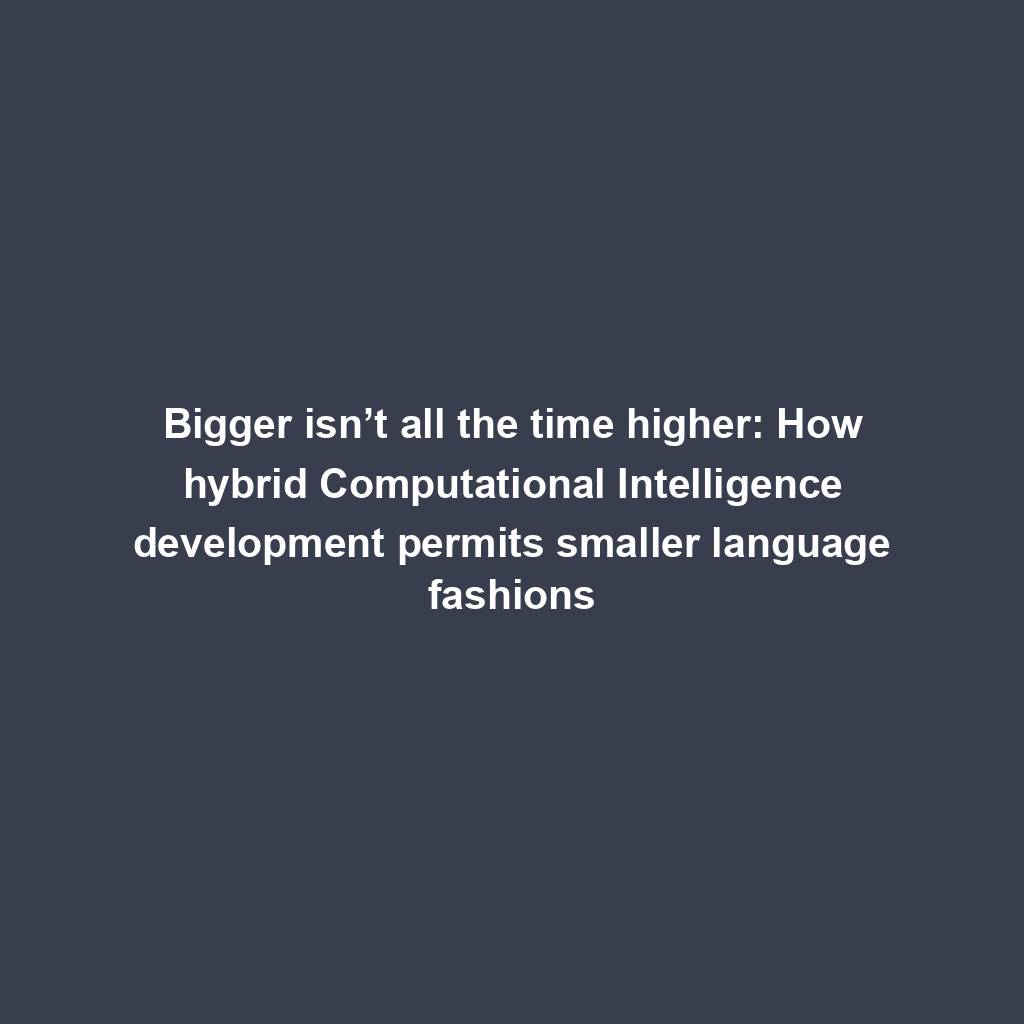
Pantera Capital buys extra Solana (SOL) from FTX
Successful Beta Service release of SOMESING, ‘My Hand-Carry Studio Karaoke App’

SEC sues Bitcoin miner Geosyn Mining for fraud; Bitbot presale nears $3M
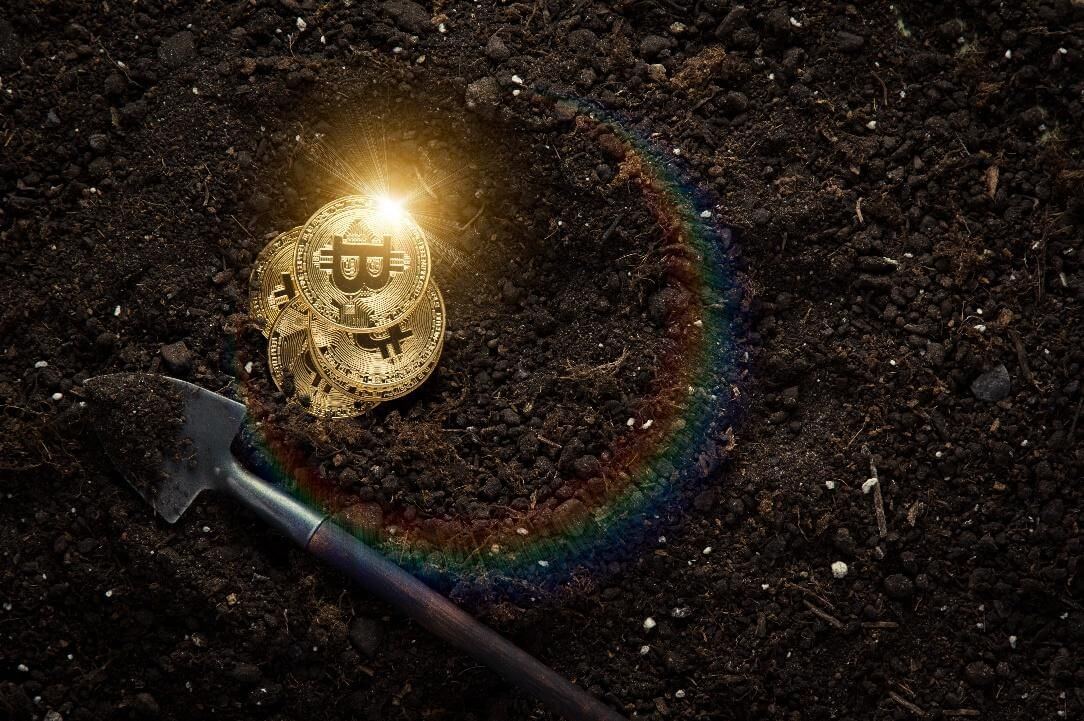
Business procedure reengineering (BPR) examples
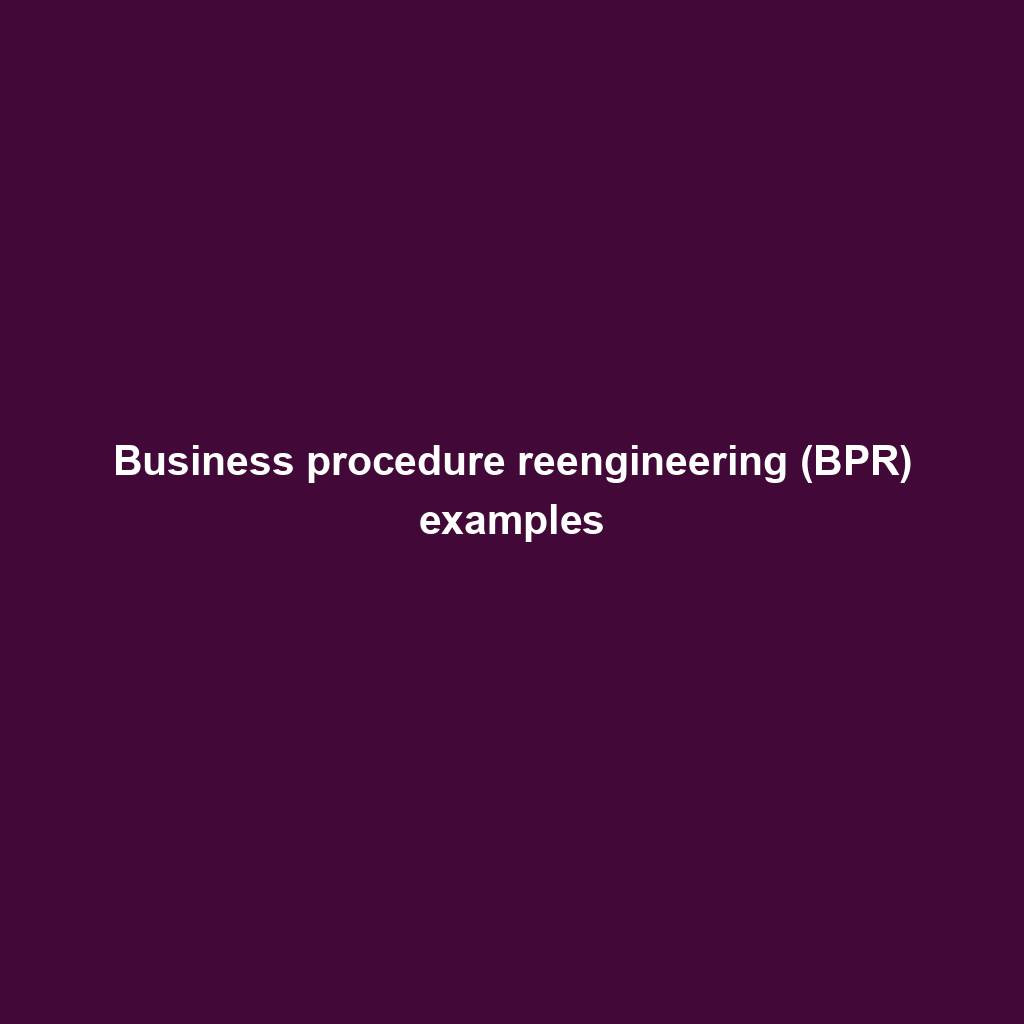
85% Of Altcoins In “Opportunity Zone,” Santiment Reveals
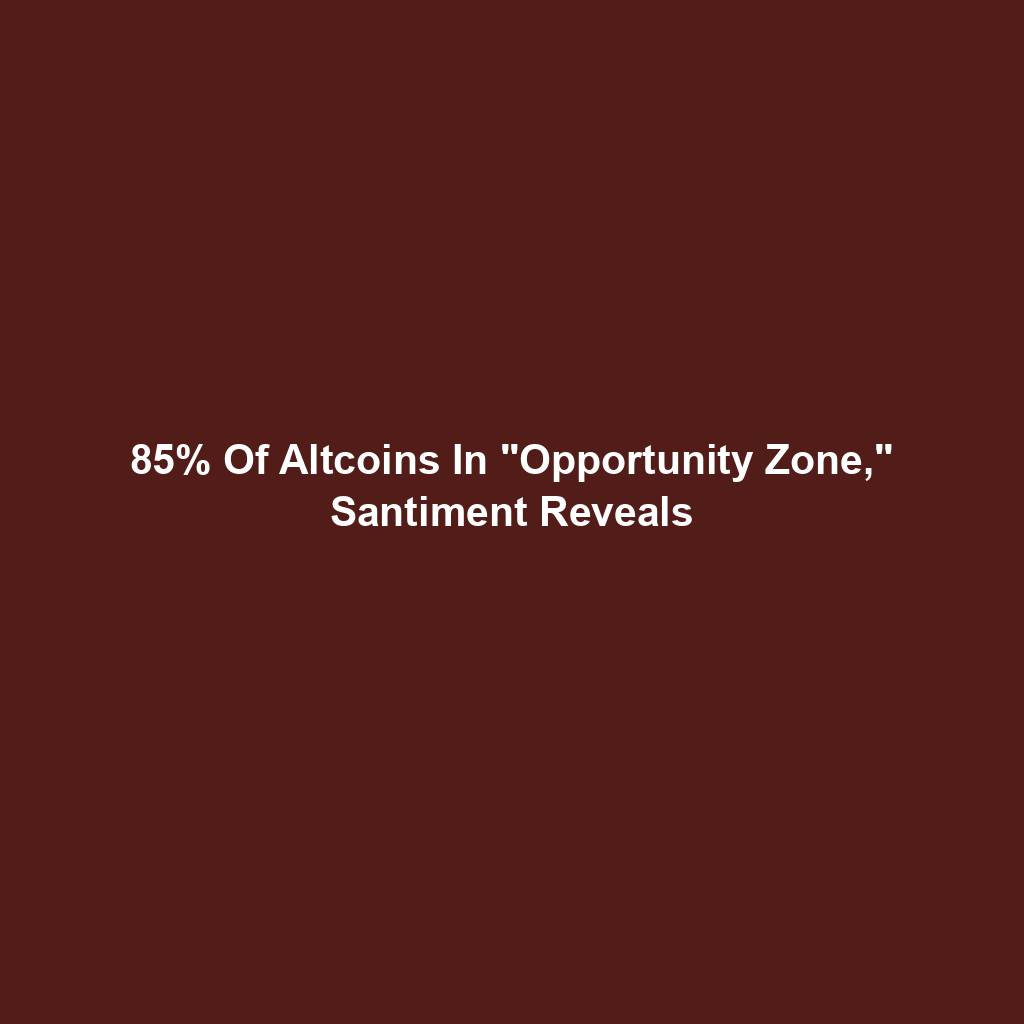
Sam Altman’s Worldcoin eyeing PayPal and OpenAI partnerships
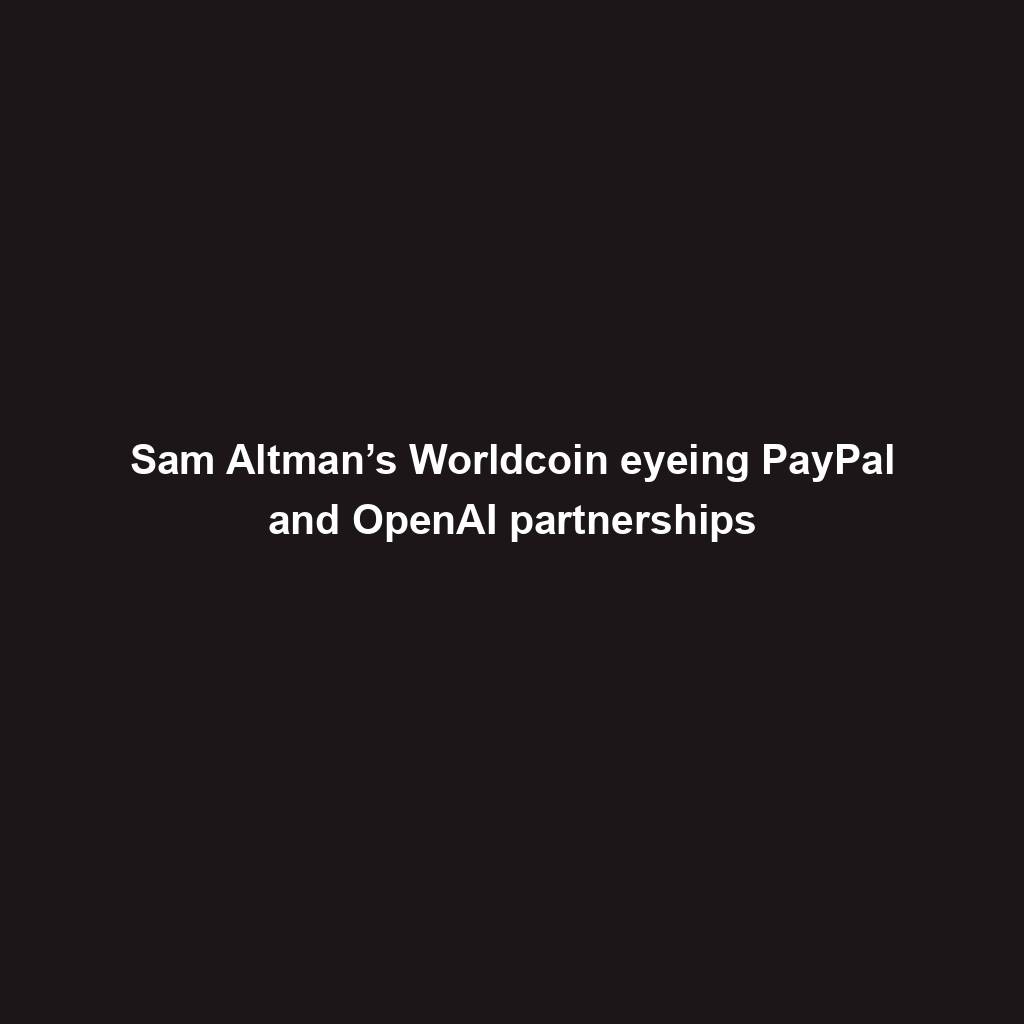
Artificial Intelligence transforms the IT strengthen enjoy
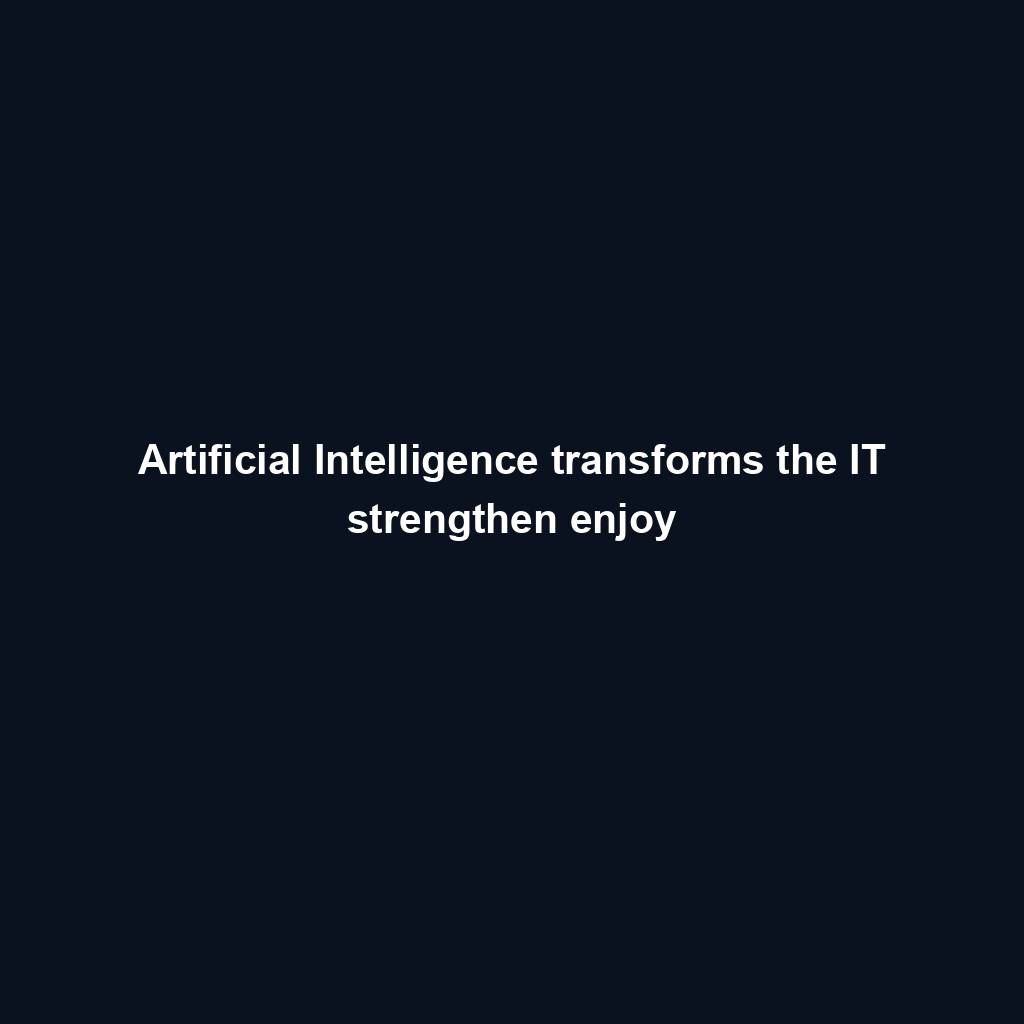
Franklin Templeton tokenizes $380M fund on Polygon and Stellar for P2P transfers
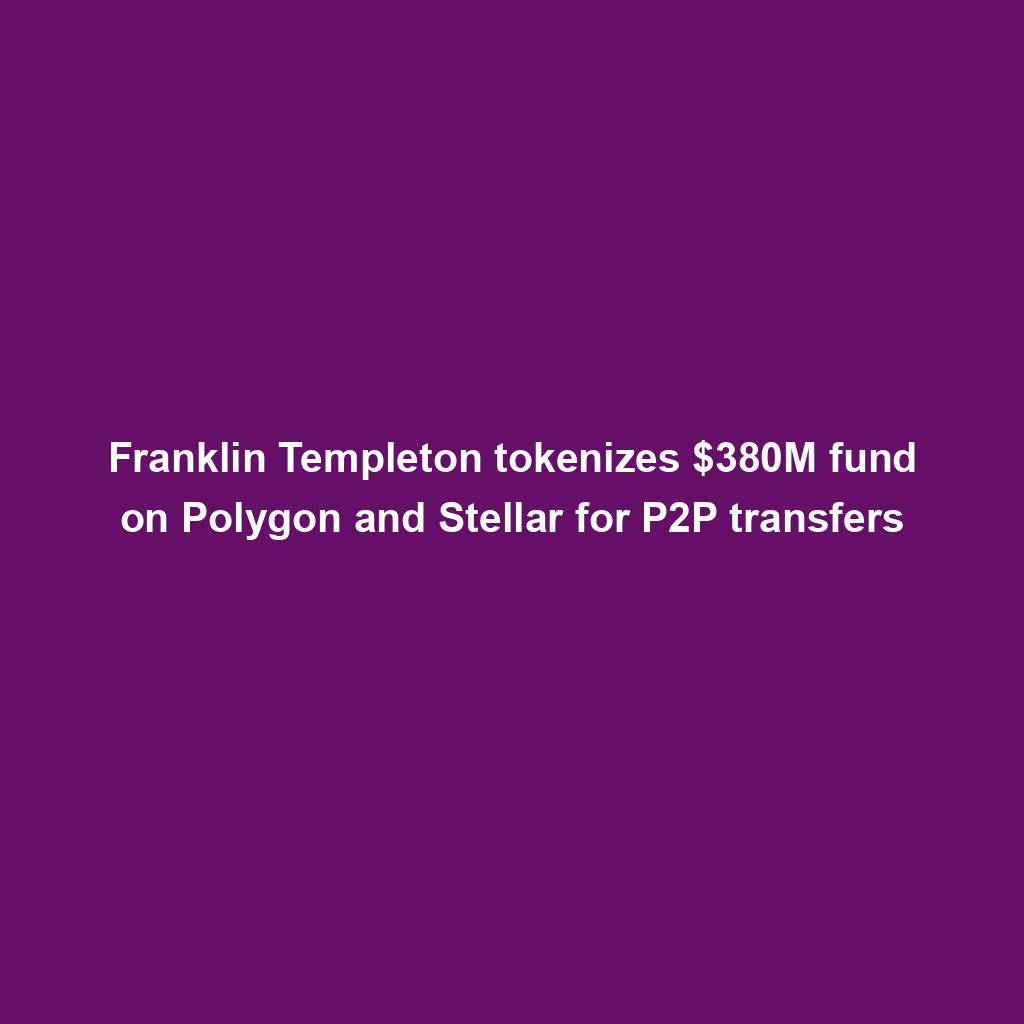
Meta’s letting Xbox, Lenovo, and Asus construct new Quest metaverse {hardware}
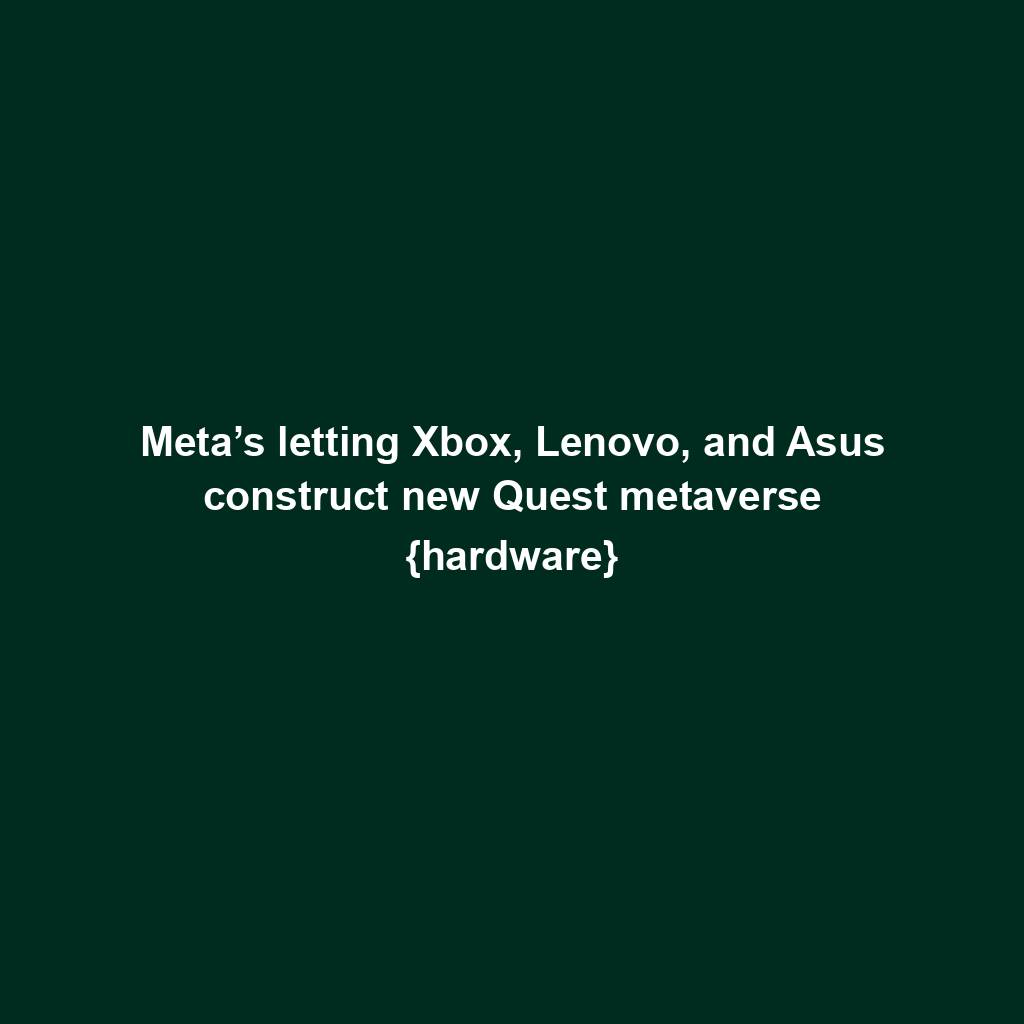
Shiba Inu (SHIB) unveils bold Shibarium plans as Kangamoon steals the display
